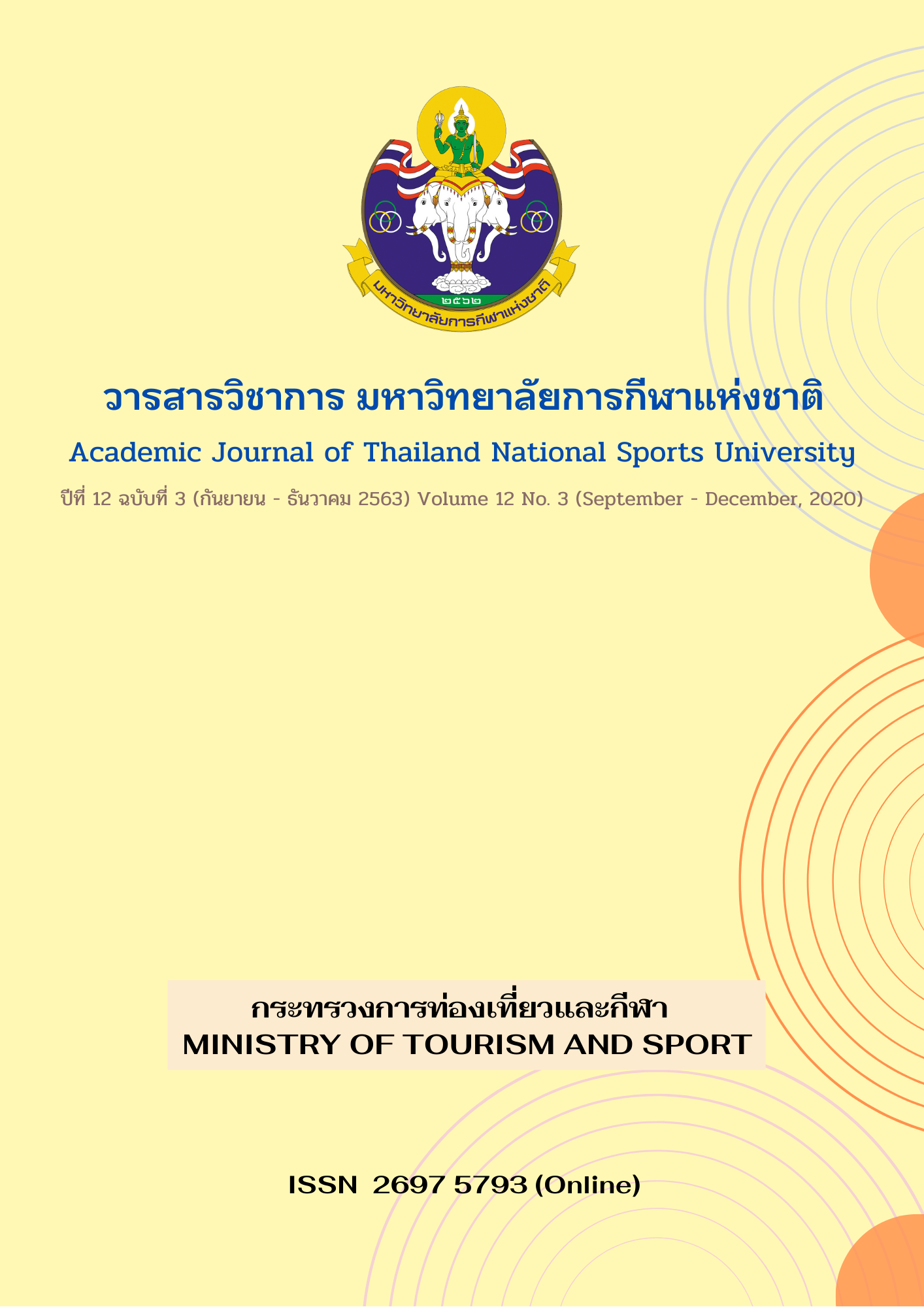CURRICULUM DEVELOPMENT OF ADDITIONAL ON FOREIGN LANGUAGES LEARNING AREA (ENGLISH) THROUGH CONTENT AND LANGUAGE INTEGRATED LEARNING (CLIL)
Main Article Content
Abstract
The purposes of this research were: 1) to find the curriculum development of additional course on foreign languages learning area (English) through content and language integrated learning (CLIL) for Prathomsuksa students, 2) to develop the curriculum of additional course, 3) to study the effect of using a curriculum of additional course. The model of curriculum development was carried out in 3 stages: 1) creating the curriculum, 2) implementing the curriculum, 3) evaluating and improving the curriculum. The subjects for this research were 30 sixth-grade students at Chumchonwatklang Krum School, Rayong Province. The research instruments were: 1) twenty lesson plans in accordance with the curriculum of additional course on foreign languages learning area (English) through content and language integrated learning (CLIL) for Prathomsuksa VI students on the topic of tourist attractions in Klang, Rayong Province, 2) the achievement test, 3) the attitude test and 4) the group process test. The statistics used in this research were mean, standard deviation and t-test.
The research findings were: 1) The curriculum of additional course on foreign languages learning area (English) through content and language integrated learning (CLIL) for Prathomsuksa VI students was successfully developed. The index of item objective congruence (IOC) of the developed curriculum was 4.47, and 2) The developed curriculum implementation results revealed as follows: 2.1) the average scores of the students’ achievement test after learning through the curriculum of additional course were significantly higher than that of the pre learning at the level of .05, 2.2) the average scores of the students’ attitude after learning through the curriculum were 4.89, 2.3) the average scores of the students’ group process after learning through the curriculum were 4.87.
Article Details
The published article is a copyright of the Academic Journal of Thailand National Sports University. The passage appeared in each article in this academic journal is a perspective of each author which is not related to the journal. Each author is required to be responsible for all components of his/her own article. If there are any mistakes, each author must be responsible for those mistakes on his/her own.
References
Arthit Srichandorn, Aunchalee Jansem and Saowalak Rattanawich. (2017). Effects of the instruction based on Content and Language Intergrated Learning (CLIL) approach to Mattayom 2 students’ listening and speaking performance and interest of learning English. Journal of Education and Journal of Education and Human Development Sciences Human Development Sciences, 1(2), 174-186.
Boonleang Thumthong. (2011). Curriculum Development. Bangkok: Chulalongkorn University.
Delliou, A. (2016). Developing the speaking skills of students through CLIL: A case of sixth grade primary schools in Greece. The 5th Electronic International Interdisciplinary Conference. Retrieved from https://www.researchgate.net/publicationn/308194120_Developing_the_speaking_skillof_students_through_CLIL
Do Coyle, Philip Hood, David Marsh. (2010). CLIL Content and Language Integrated Learning. Cambridge: Cambridge University Press.
Donna, E. A. (2007). Classroom discussion of content area reading assignment: An intervention study. Retrieved from http://links.jstor.org/sici
Harrop, E. (2012). Content and language integrated (CLIL): Limitation and possibilities. Encuentro. 21(62), 66.
Jaras Phoparnnil. (2010). The development of English reading skill of Matayom Suksa 1 based on local contents by using interactive learning. (Master’s thesis). Maha Sarakham Rajabhat University.
Kerawan, P. (2016). Learning through content and language integrated learning typed approach: Concept and perspective for Thai teachers. Journal of Education, 1, 28-40.
Logan, C.K. (2007). Supporting hispanic high school students in academic mathematics content course: Effects of an in-school tutoring program on achievement in and attitude toward mathematics (CD-ROM). Abstract from proquest file: Dissertation and thesis, AAT 3246678.
Malee Thewakun Na Ayudthya. (2007). Environmental content-based instruction to promote English reading and writing abilities and conservation awareness of beginner level. (Master’s thesis). Chiang Mai University.
Mingmid Sumatanusorn. (2013). Development of English content-based texts for promoting reading comprehension in English of Matthayomsuksa II students. (Master’s thesis). Burapha University.
Ministry of Education. (2010). Guideline of English Teaching for Secondary Education Level. Bangkok: The Agricultural Federative Co-operation of Thailand.
Ministry of Education. (2010). The Basic Education Core Curriculum B.E.2551 (A.D.2008). Bangkok: The Agricultural Federative Co-operation of Thailand.
Oliva , Peper F. (2005). Developing the curriculum. United States of America: Pearson Education.
Shang, H.T. (2006). Content-based instruction in the EFL literature curriculum. Retrieved from http://www.iteslj.org/TechniQues/Shang-CBI.html
Skarw Pimpirut. (2008). Promoting motivation and English writing abilities through local content-based lesson plans. (Master’s thesis). Chiang Mai University.
Taba, H. (1962). Curriculum development: Theory and practice. New York: Hart court Brace & World.
Wichai Wongyai. (2010). New Paradigms in Curriculum Development. Bangkok: Odeon Store.


